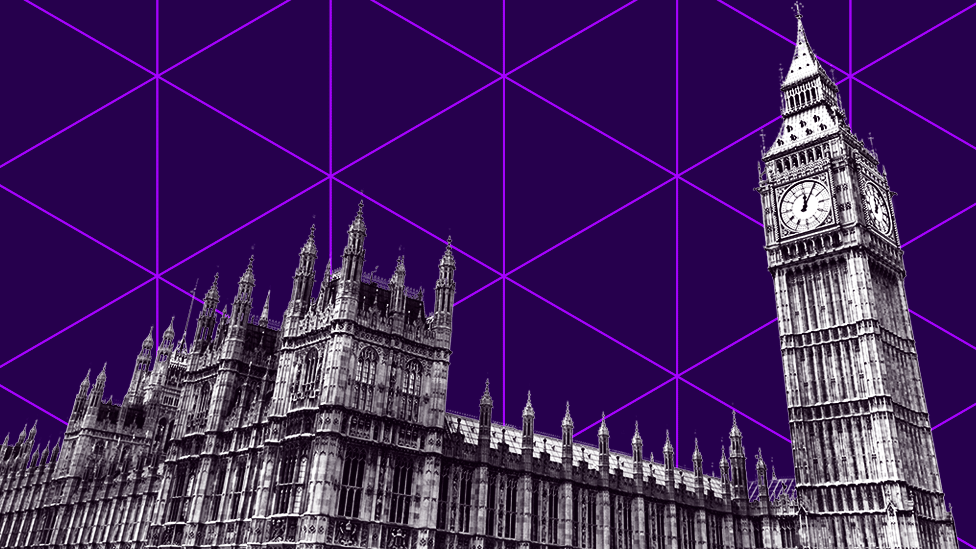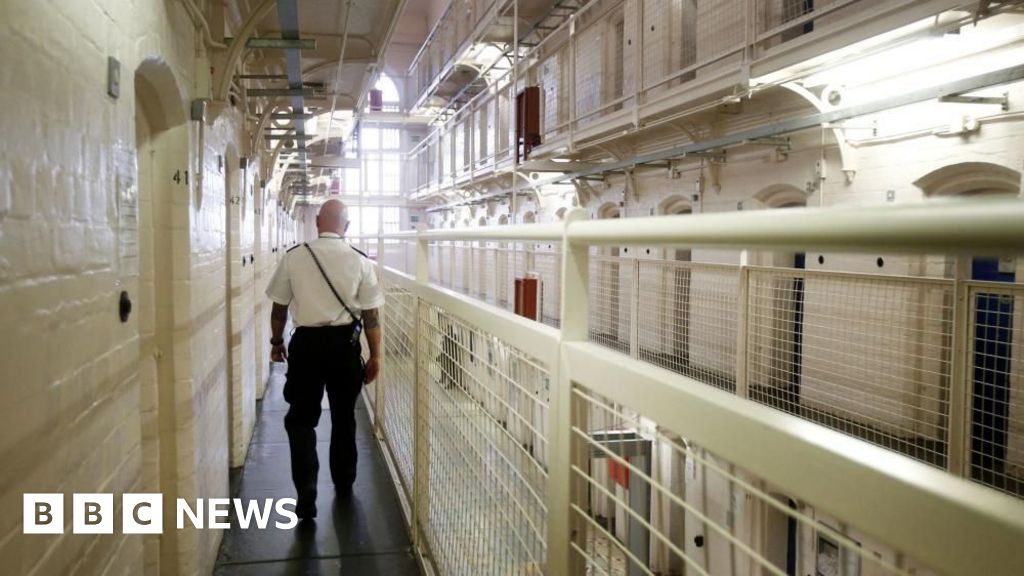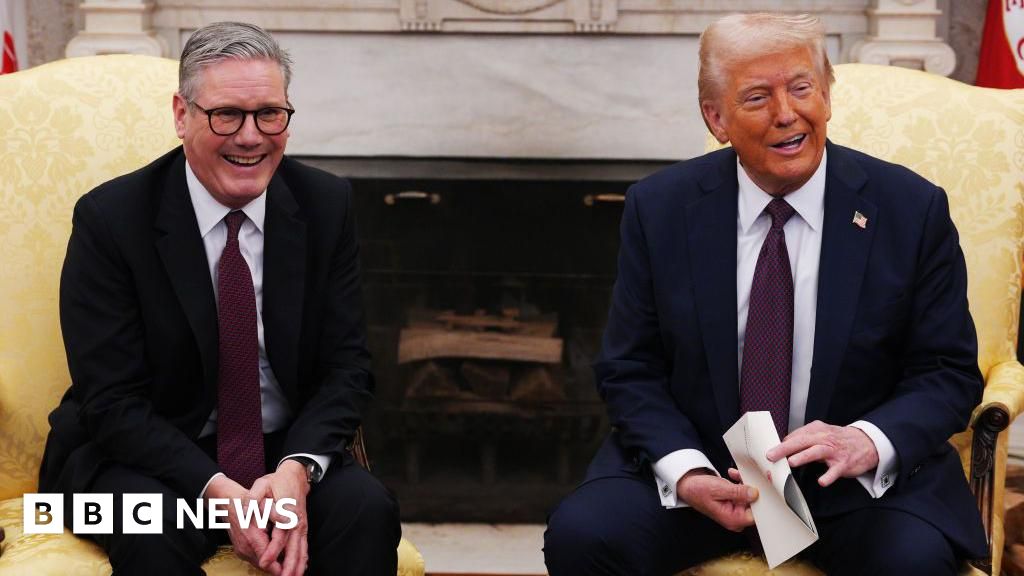ARTICLE AD BOX

By Peter Barnes
Senior elections and political analyst, BBC News
The Labour Party would need a record swing in votes at the next general election to win a majority in the House of Commons, according to analysis of the new electoral map.
The next election will be fought on new constituency boundaries, redrawn to reflect population changes and to try to even out voter numbers in each area.
An analysis of these changes for BBC News, ITV News, Sky News and the Press Association suggests Labour needs a national swing of 12.7% to win with just a small majority.
That's considerably higher than the 10.2% achieved by Tony Blair in 1997 and higher even than the 12% achieved by Clement Attlee in 1945.
The swing from the Conservatives to Labour would need to be uniform, to follow the same pattern everywhere, with other parties seeing no change in performance since 2019.
In practice, the picture will be more complicated, so this is a rough guide. But a uniform national swing has been a reliable model for general elections in the UK over a long period of time.
Boundaries changed
Changes to the political map ahead of the next general election mean constituencies will be new or different from the last general election for millions of people.
The boundary changes could have an impact on who becomes the local MP and which party wins the UK's election overall.
You can use our tool to find out which constituency you are now in.
It will also give you an estimate of what the result would have been had these new boundaries been in place at the last general election, in 2019.
If you cannot see the lookup click here.
The research - by election experts Colin Rallings and Michael Thrasher along with David Denver in Scotland and Nicholas Whyte in Northern Ireland - also reveals which seats are likely targets for the main parties at the next election.
Under the changes, some constituencies will become safer for the party that holds them; others will become more at risk.
For example, Labour's shadow chancellor Rachel Reeves won her Leeds West constituency with a healthy majority of 10,564 over the Conservative candidate in 2019.
Next time that will be the newly-drawn Leeds West and Pudsey seat, with a slimmer "notional" majority of 2,963.
The seat of Ben Wallace, Conservative MP and former defence secretary, was abolished in the changes. He will stand down at the next election.
Chancellor Jeremy Hunt will contest the new constituency of Godalming & Ash after his old South West Surrey seat was split in two.
Notional figures are an estimate of what the result would have been if everyone voted in the same way as they did in 2019. The estimate draws on local election results in individual council wards over several years.
It is a rough guide - but it is all the parties have to go on when they are deciding where to focus campaigning. They have to identify the "target seats" where they have a realistic chance of making gains.
The top new target seats are:
Your device may not support this visualisation
What would the election result have been in 2019?
Overall, the boundary changes modestly favour the Conservatives, the party in government now. The areas with new seats are mostly ones that tend to elect Conservative MPs.
The 372 seats notionally won by the Conservatives is seven more than they actually won in 2019.
Labour are notionally down two seats, the Lib Dems down three and Plaid Cymru down two. Other parties' totals are unaffected.
In Northern Ireland, the changes are fairly minor. All of the constituencies are keeping the same names and none of them switch parties as a result of boundaries being redrawn.
What could happen next time?
There is always a lot of talk about "swing" at election time. This is a measure of how voter support for parties has changed between elections, written as a percentage.
Any swing to the Conservatives would see them win another big majority.
A swing of 4.2% to Labour would deprive the Conservatives of their majority.
An 8.3% swing would see Labour become the largest party in a hung Parliament - where no party has a majority.
For an overall majority, Labour need a 12.7% swing.
In reality, things will be more complicated. The presence of parties such as the SNP, the Lib Dems and Reform UK mean it's not just a two horse race.
Why are boundaries changing?
Boundaries are changing to make sure each constituency, with a few exceptions, has approximately the same number of voters.
Boundary reviews are supposed to happen every few years. But previous ones have been cancelled so this is the first time changes have happened since 2010 in England, Wales and Northern Ireland, and 2005 in Scotland.
Which seats are new?
To reflect population shifts, there will be extra seats in the south and east of England and fewer in the north and West Midlands. Scotland loses two constituencies and Wales loses eight as the number of voters in Welsh constituencies is being brought into line with the rest of the country.
Some seats will be pulled together from several old constituencies. In Oxfordshire, the new Bicester & Woodstock is made up parts of Banbury, Witney, Oxford West & Abingdon and Henley.
Your device may not support this visualisation
In Glasgow it's the opposite story. The total number of seats is being reduced from seven to six as Glasgow Central disappears into other areas.
Your device may not support this visualisation
How will we know how it's going on election night?
Normally, election analysts start to work out how parties are doing on election night by comparing the results with last time. Boundary changes make that harder.
So academics work out what the results would have been had the new boundaries been in place before.
The estimates will never be perfect but these notional results provide the best available guide.
The BBC and other media organisations will use them to calculate gains and losses, and the swing in votes.
Lookup and graphics produced by Wesley Stephenson, Callum Thomson, Jana Tauschinski, Libby Rogers, Steven Connor, Assiz Pereira, Arun Bhari, Preeti Vaghela, Debie Loizou, and Holly Frampton

 1 year ago
25
1 year ago
25








 English (US) ·
English (US) ·